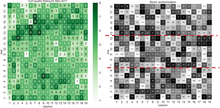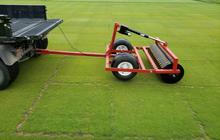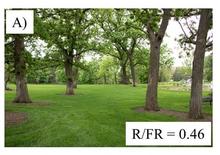Fine-grain spatial information may enhance the value of turfgrass cultivar data
By Majid Farhadloo, and Shashi Shekhar, Department of Computer Science, University of Minnesota
Thanks to NTEP-DB 1.0 [1], the relational database we created for the National Turfgrass Evaluation Program (NTEP), obtaining turfgrass cultivars' data will soon be much easier. In addition, a user-friendly web application by U-Spatial allows homeowners, researchers, and other stakeholders to extract meaningful information from NTEP data in a variety of formats. For example, retailers can learn the best cultivars to stock in different store locations around the country.


